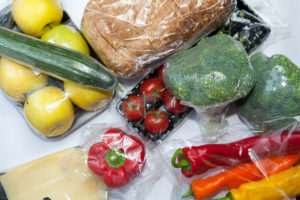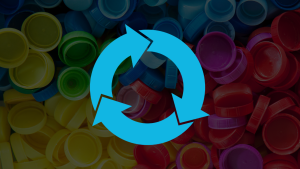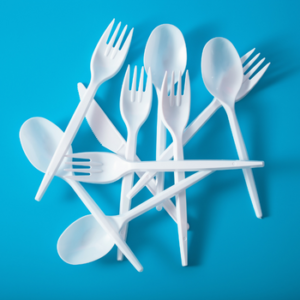Lake Ontario overflowing with microplastics, researchers find
The University of Toronto Trash Team, led by Dr. Chelsea Rochman, has deployed floating bins in Lake Ontario to capture and measure plastic pollution.
From 10 of these trash bins, researchers pull out over 10,000 microplastics daily. The team also found plastic in the guts of fish, and in their fillets – which commonly end up on our dinner plates.
Story Preview
Ten sea bins have been deployed by the self-named University of Toronto Trash Team. If you manage to find one of their baskets in the water, there’s a good chance it’s barely staying buoyant. That’s because it’s weighed down by the contents inside.
University of Toronto (U of T) Environmental science student Ishani Sharma pulls out a syringe followed by an onslaught of plastic. From food wrappers to beverage containers, to bottle caps and cups, each piece reveals the harsh reality: Lake Ontario is under siege.
The bigger pieces are easy to track and record. The shocking discovery, researchers say, is the amount of microplastics in each bin. As she dumps a bin onto a tarp, Sharma estimates it’s only a quarter full.
“In this pile, it’s probably close to 1,600 — 1,600 microplastics that we can count,” she told CTV National News.
That tally is from one single bucket, after only 24 hours in the water. There’s another nine baskets along Toronto’s inner harbour. That’s more than 10,000 pieces of microplastic pulled out each day from just 10 bins, no bigger than a basketball net in diameter.
Preview text: Adrian Ghobrial, June 23, 2022, CTV National News



